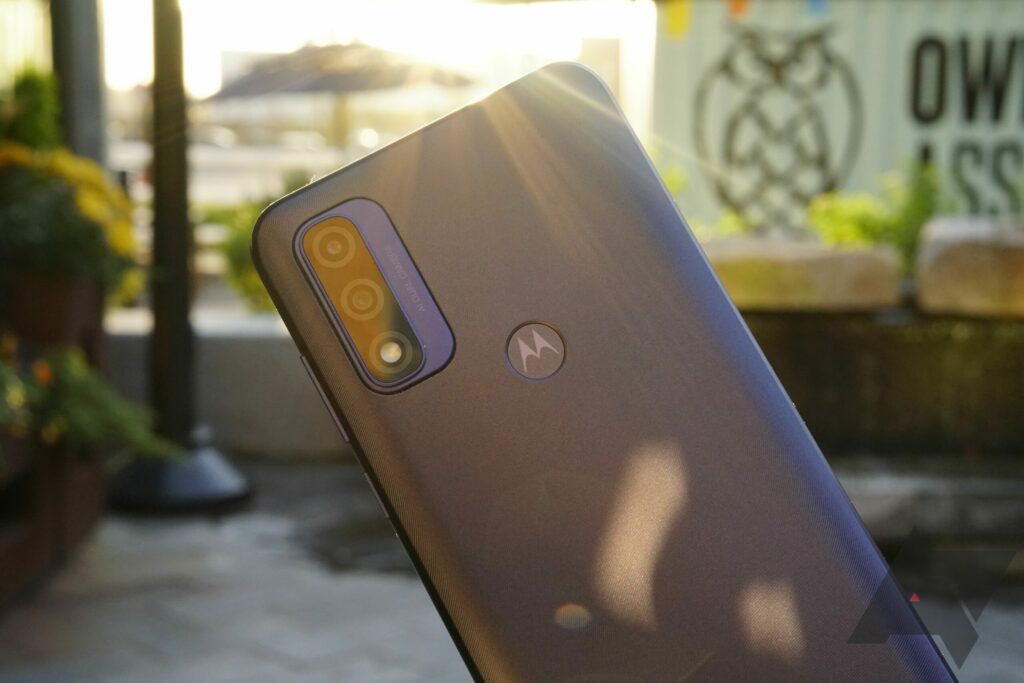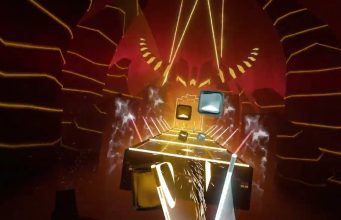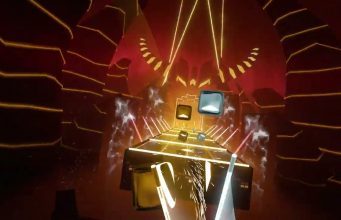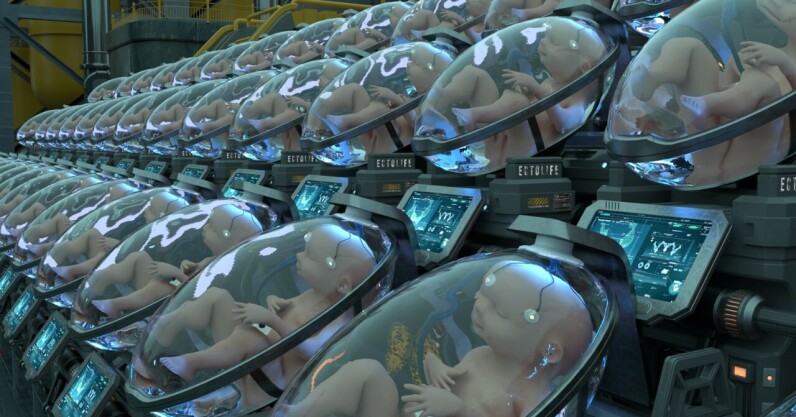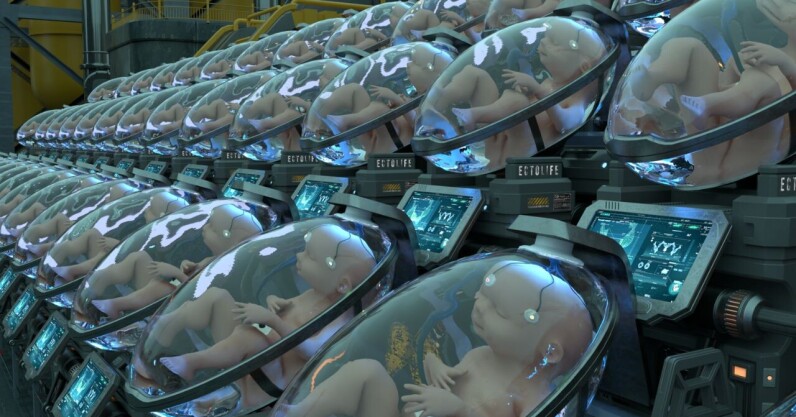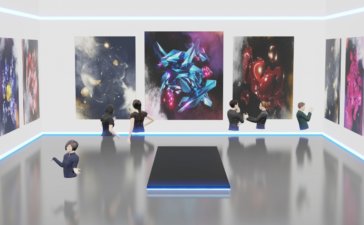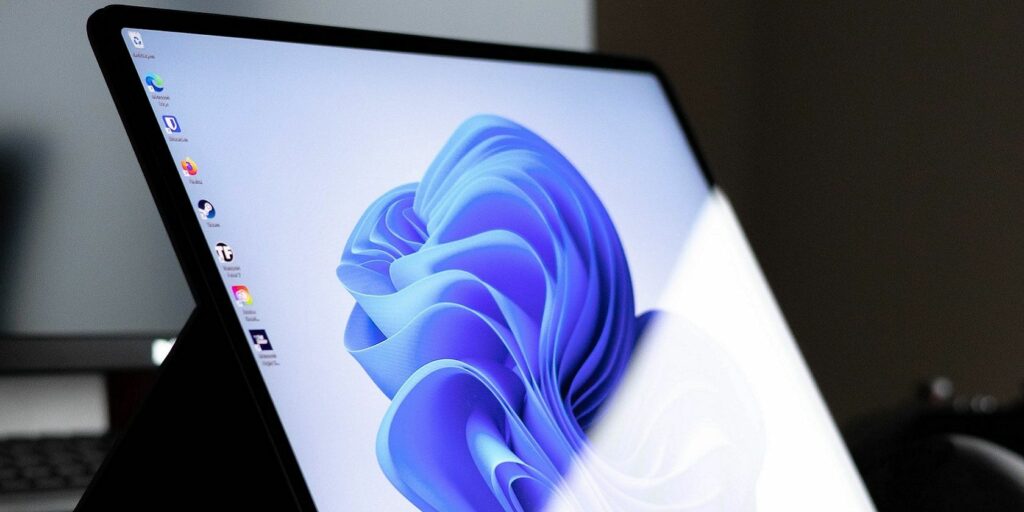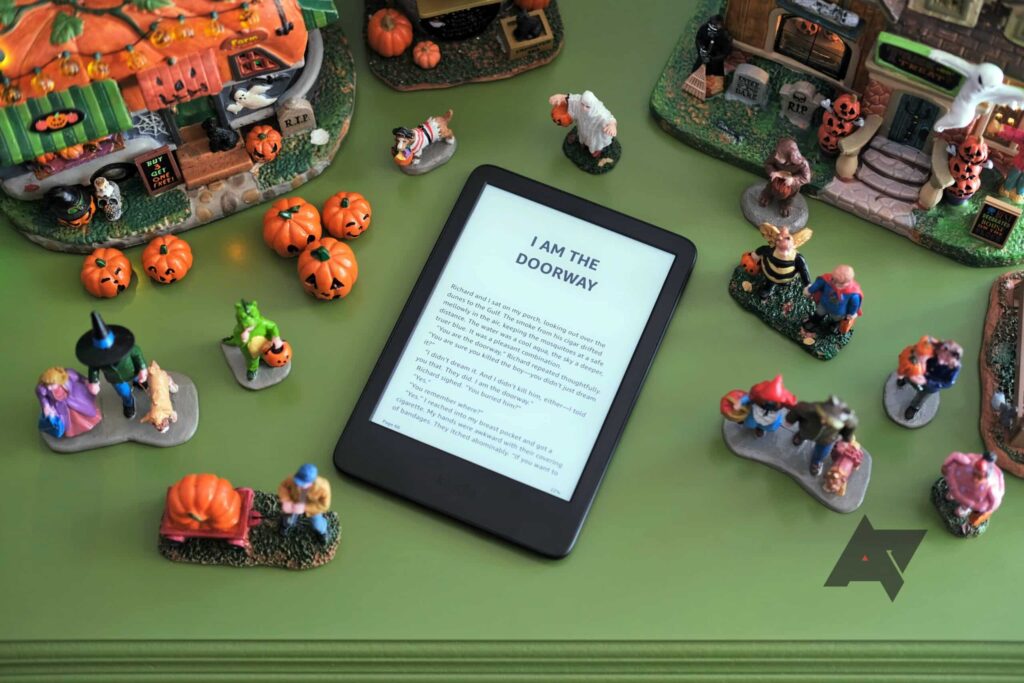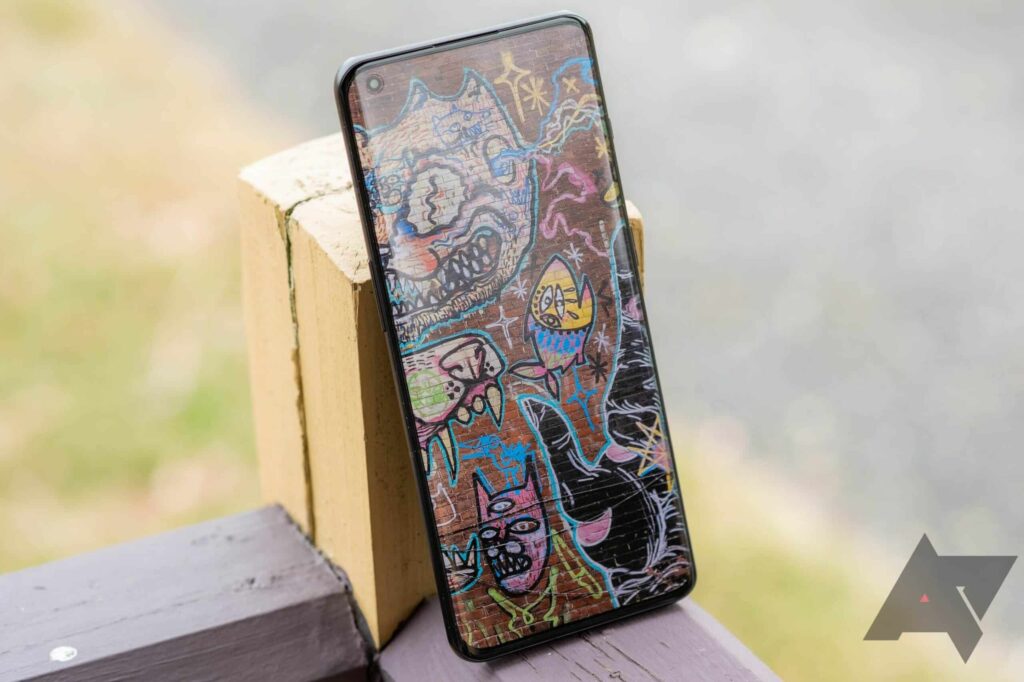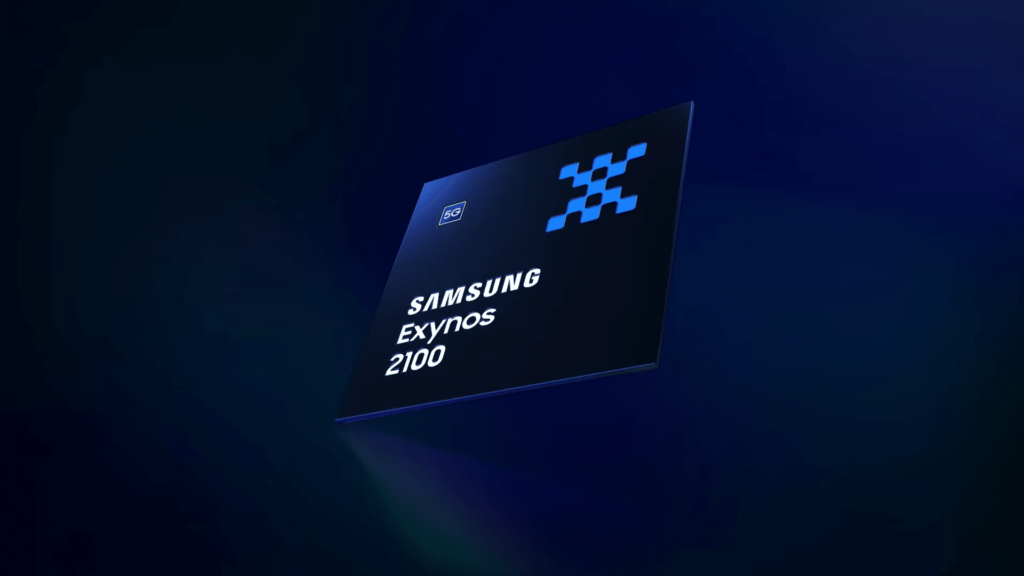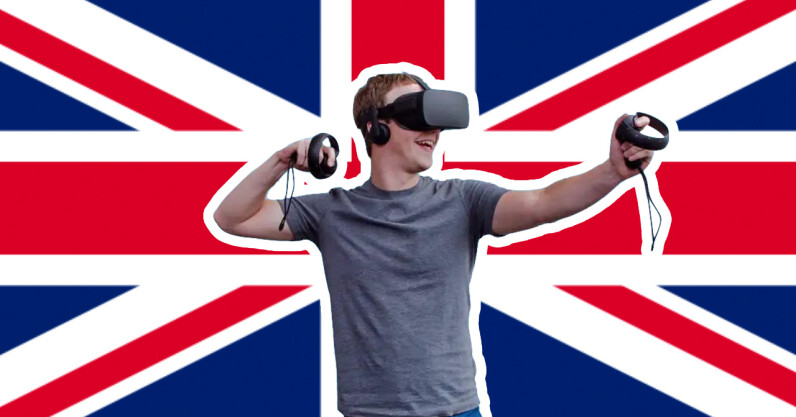The metaverse and the NFT space have both had their vocal detractors, but could the secret to their mass adoption lie in their ability to work together? Developers of the first quantum-secure, hyper-realistic gaming metaverse, the Kryptiverse, believe so.
Walt Greene, the founder and CEO of QDEx Labs, which developed the Kryptiverse, helps us delve into what NFTs truly are and the role they play in the metaverse.
The Seeming ‘Uselessness’ of NFTs
In 2021, Steam explicitly banned apps built on blockchain that issue or allow the exchange of NFTs and cryptocurrencies. This year, Mojang Studios and Minecraft also took a firm stance against NFTs. Aside from tech and gaming companies veering away from non-fungible tokens, the NFT market has also been gravely affected by the crypto crash.
In fact, the monthly transaction volume for NFTs on OpenSea has fallen by 90% from January to August this year. These put into question the actual value—or lack thereof—NFTs have and their relevance in the emerging metaverse market.
However, Greene posits this state of ‘uselessness’ to the limited understanding of NFTs. According to him, many people have no idea what they are getting, much less, what the NFT technology has the potential to represent. He further explains that the centralized approach and business models associated with Minecraft and Steam do not necessarily mix well with the decentralized nature of a true NFT technology.
A Deeper Understanding of NFTs
To fully grasp the value that NFTs bring and the role they play in the metaverse, we need to have a more in-depth understanding of what an NFT actually is.
When we hear of NFTs, we categorize them into purely digital assets. By putting them in this box, we perceive them to have no real value beyond the digital space. However, NFTs are more than just digital assets. When you own one, you acquire a unique, transferable, and uncontestable token that gives you absolute rights to a digital asset. It is a verification of ownership of collector items, fractional real estate, art pieces, and other items.
NFTs and the Metaverse
Now to answer the cryptic question: Does the metaverse need NFTs? Well, not really. NFTs are not required in the metaverse. However, these two are not mutually exclusive.
“When speaking in terms of where the metaverse is heading, and that is into decentralized ecosystems, NFT-like technologies with actual utility can and should play a critical role because of the uses for the technology from recording information to the sovereign ownership they perpetuate,” Greene says.
While the metaverse does not really need NFTs, these unique tokens can address the challenges the metaverse is facing. Greene sees NFTs playing two major roles: the in-game use and ownership (DRM) via identification of an asset and the microtransactions in the developer or creator support ecosystem. These will help develop the metaverse into a truly successful, highly individualized, and experiential digital ecosystem.
NFTs: Powering the Creation of a Quantum-Secure High-Definition Gaming Metaverse
NFTs have the potential to power the creation of a quantum-secure, high-definition gaming metaverse. NFTs are being used to build the Kryptiverse, a fully-integrative gaming metaverse.
According to Greene, while the QDEx Community’s TSSYRQ Network will be bringing the quantum secure aspect to the gaming party, the KRYPTI game will be bringing the metaverse together with the crypto industry for easy onboarding into DeFi via a hyper-real, captivating user interface and storyline. All the user has to do is learn how to play the game.

NFTs will bring significant utility to the KRYPTI gaming ecosystem. Early adopters in the Kryptiverse get the “keys to the kingdom” from the initial 1,777 Genesis Mint. These versatile NFTs have over 2,150 lines of code in their contracts carrying class info, numerous stats, variable aspects, and other data that are fully reconciled to the blockchain.
Delivering Value Beyond the World of Gaming and Entertainment
NFTs have the potential for use beyond the world of gaming and entertainment. Genesis NFTs, for one, give utility and incentivization within the quantum secure QDEx App—a feature-rich, decentralized crypto and digital asset exchange marketplace being developed by QDEx Labs.
While the NFT market is highly volatile today, we still see the crucial role NFTs play in the metaverse. The QDEx Community, KRYPTI, and the Kryptiverse all together represent the intersection of usability and mass adoption of the blockchain. This complex connection among communities, NFTs, and metaverse platforms is what will pave the way for growth in this space.
